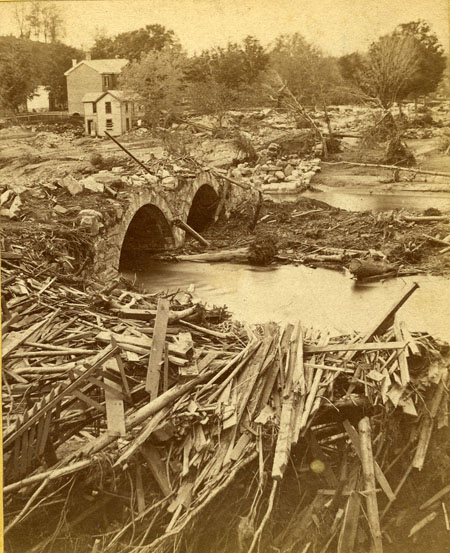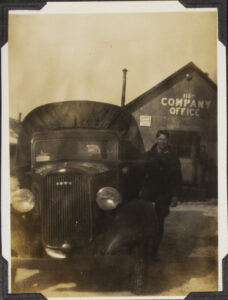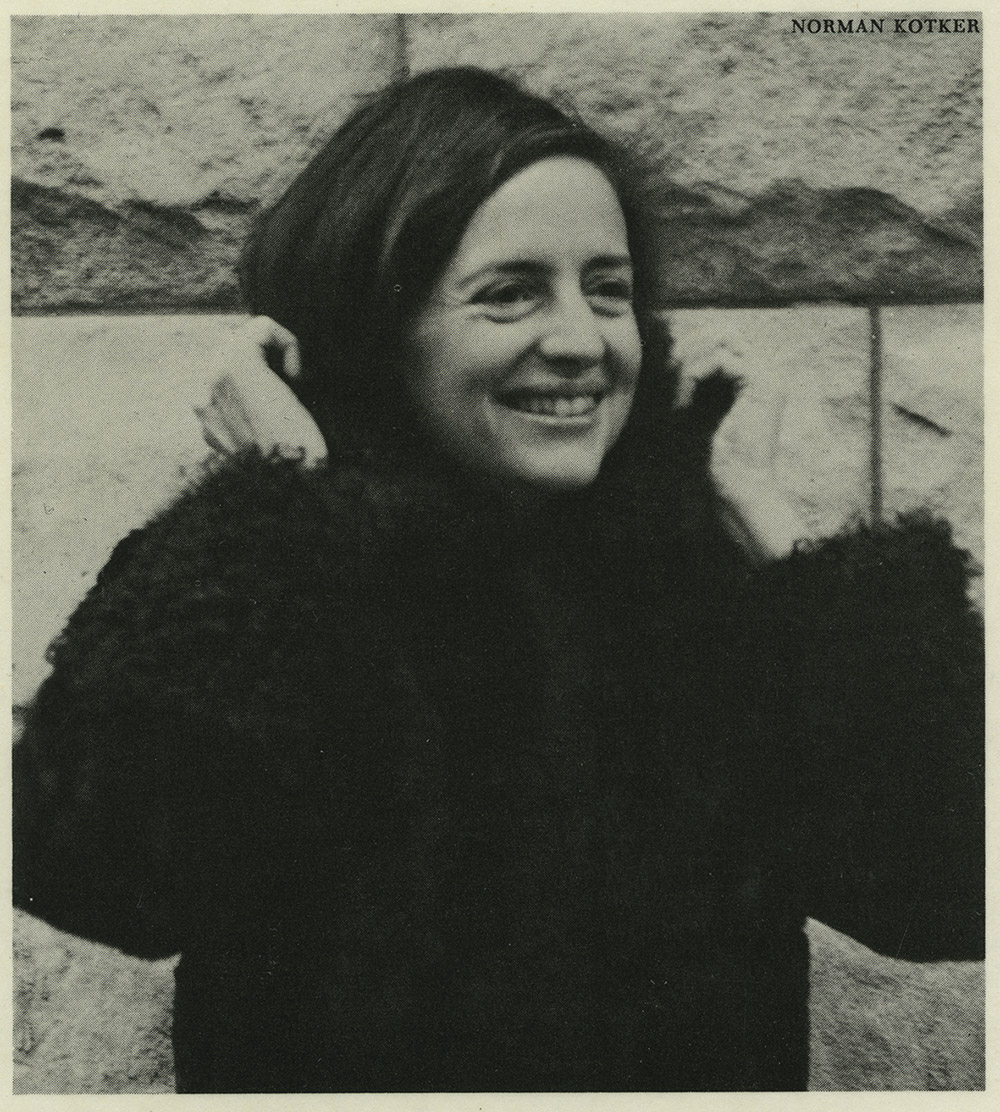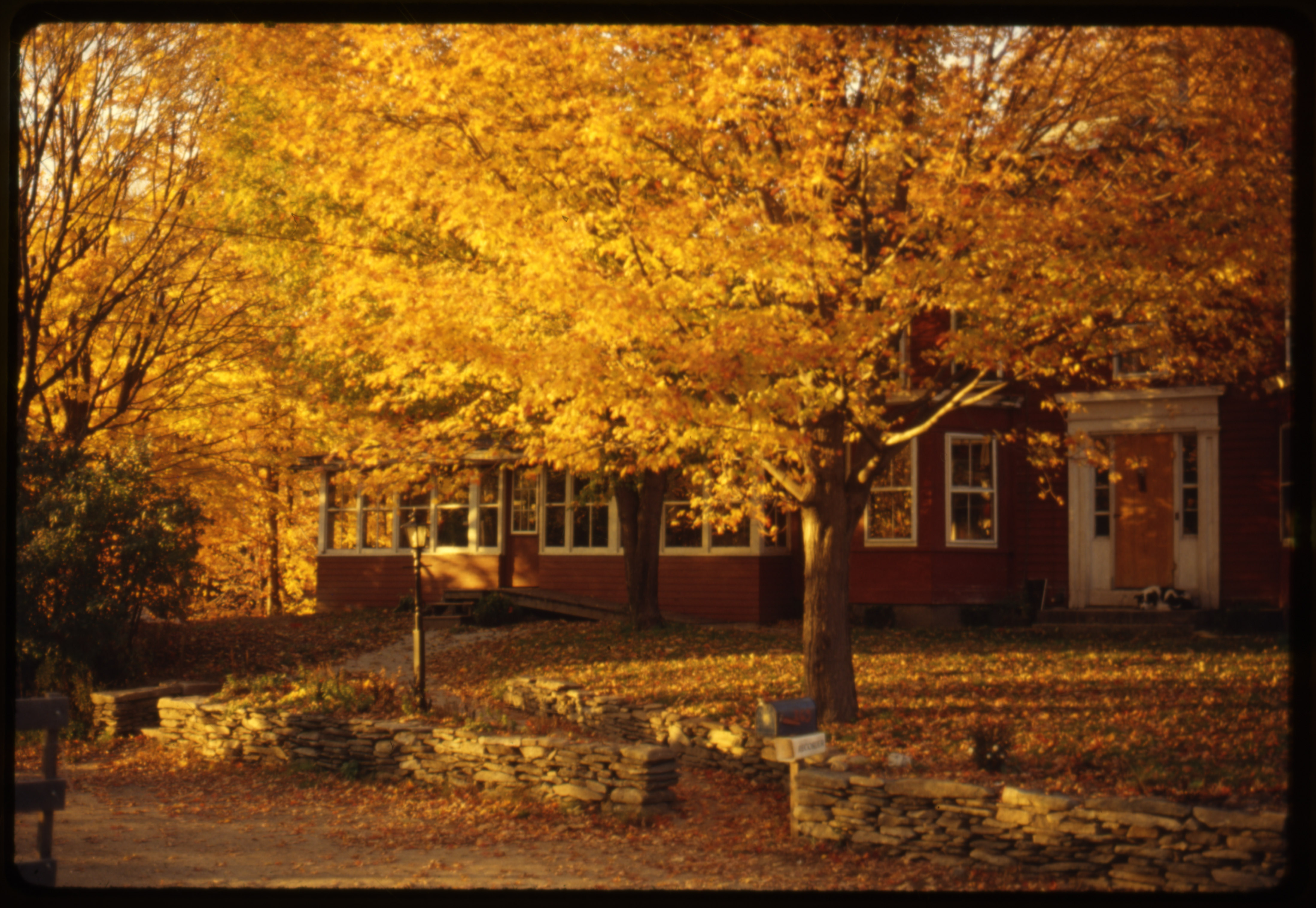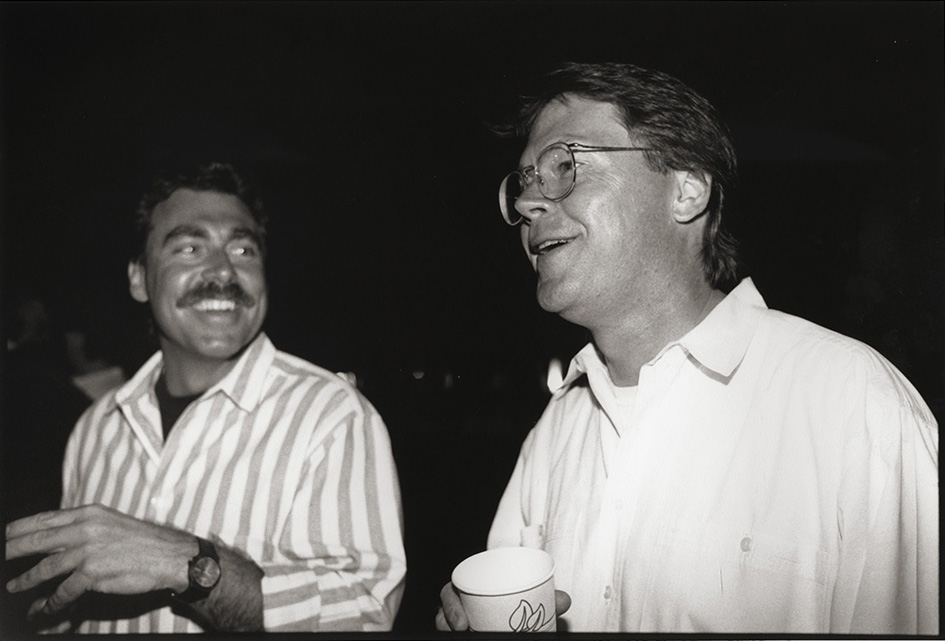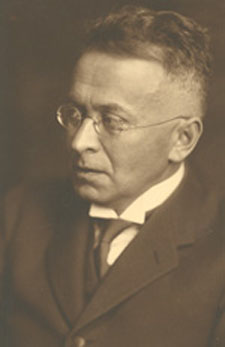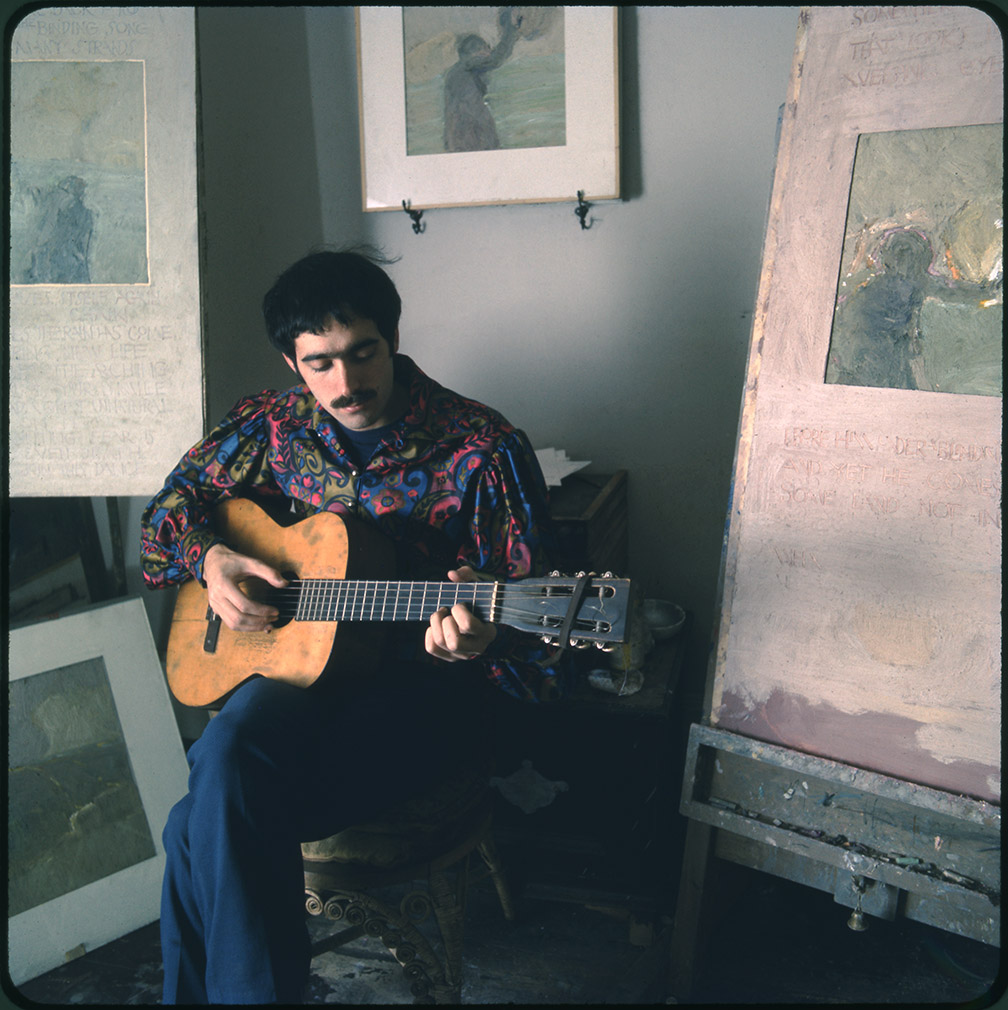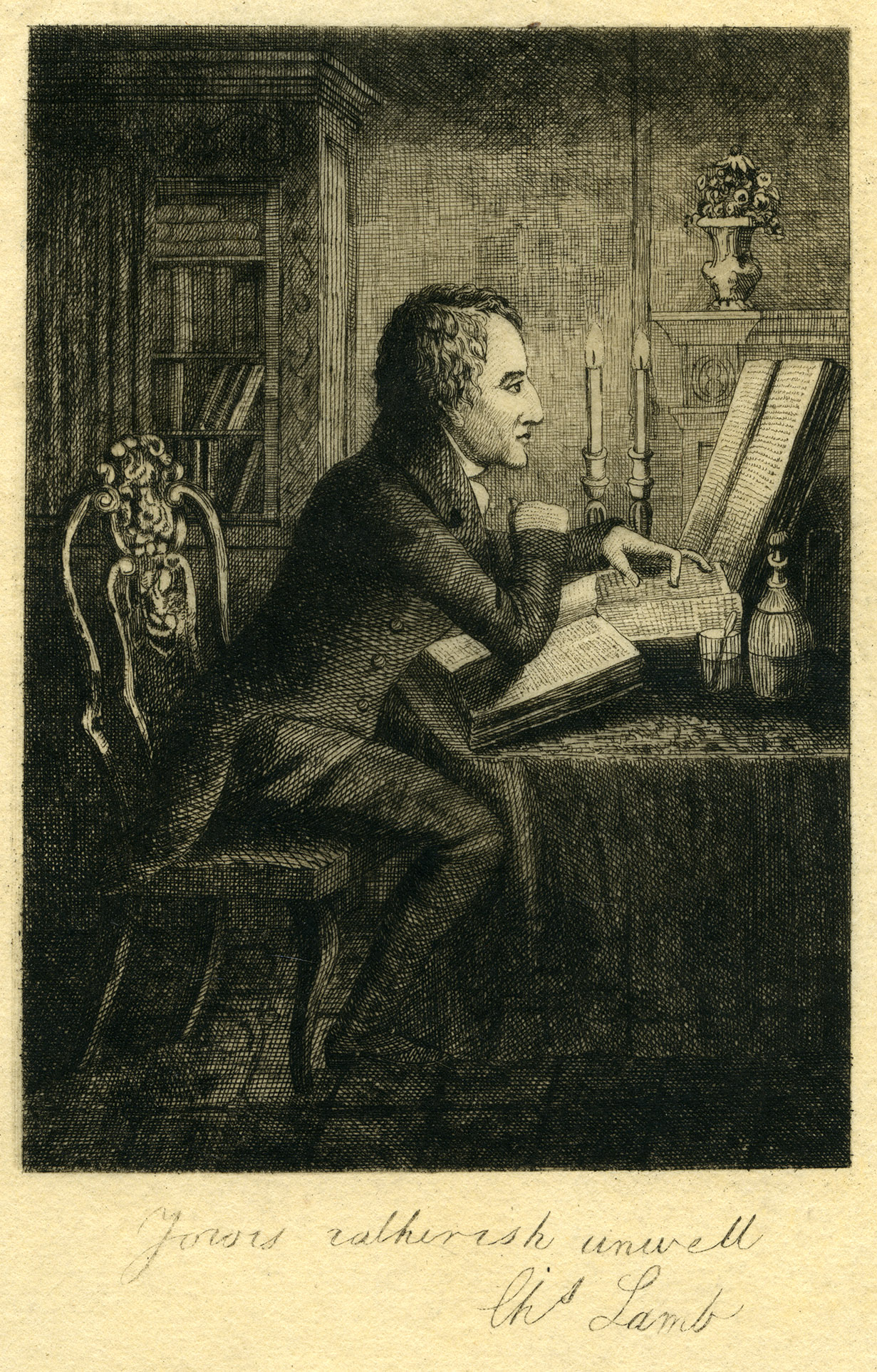Janet Knott Collection
An award-winning photojournalist, Janet Knott was one of the first woman to become a staff photographer at the Boston Globe. Over a 31-year career, she covered a broad range of topics, from local assignments to longer-form photo essays and international coverage, producing iconic images of the space shuttle Challenger disaster, the late 1980s famine in the Sudan, and the violence accompanying the Haitian elections of 1987. She was only the third woman recognized with the Robert Capa Gold Medal and, among many other awards, won first place for spot news from the World Press Photography Foundation. After leaving the Globe in 2007, she became Chief of Staff for Boston City Councilor Salvatore La Mattina, representing East Boston and the first district.
The Knott Collection contains an array of letters, ephemera, and photographs documenting both her photographic and political careers. There is an extensive body of work from her years working as a photojournalist at the Boston Globe comprised of slides, negatives, prints, and contacts sheets.


